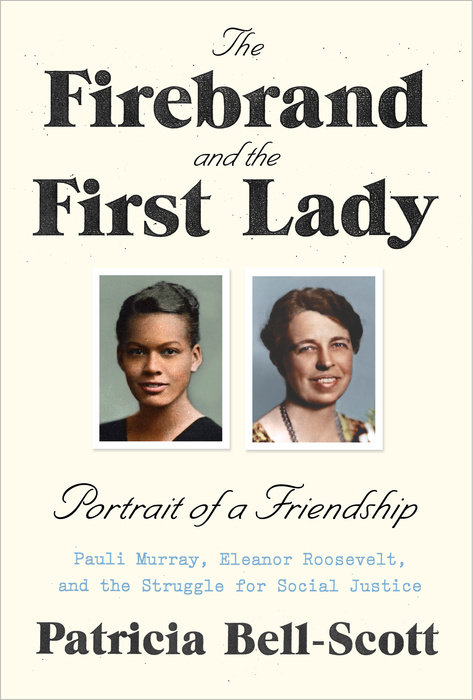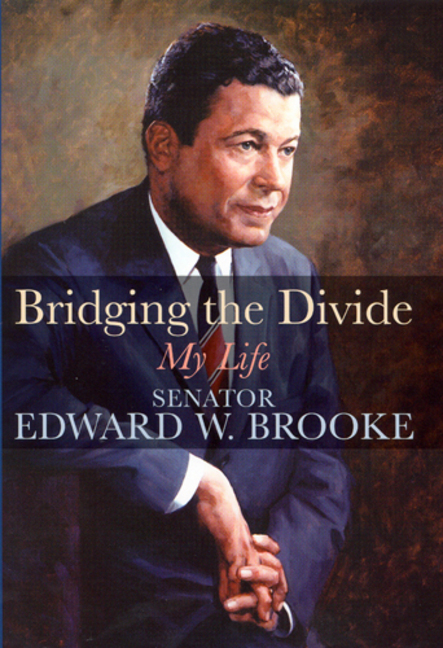Mixed-Race Youth and Schooling: The Fifth MinorityPosted in Books, History, Identity Development/Psychology, Media Archive, Monographs, Politics/Public Policy, Social Science, Teaching Resources, United States on 2016-02-21 02:13Z by Steven |
Mixed-Race Youth and Schooling: The Fifth Minority
Routledge
2016-02-26
256 pages
10 B/W Illus.
Hardback ISBN: 978-1-13-802191-4
Paperback ISBN: 978-1-13-802193-8
Sandra Winn Tutwiler, Professor of Education
Washburn University, Topeka, Kansas
This timely, in-depth examination of the educational experiences and needs of mixed-race children (“the fifth minority”) focuses on the four contexts that primarily influence learning and development: the family, school, community, and society-at-large.
The book provides foundational historical, social, political, and psychological information about mixed-race children and looks closely at their experiences in schools, their identity formation, and how schools can be made more supportive of their development and learning needs. Moving away from an essentialist discussion of mixed-race children, a wide variety of research is included. Life and schooling experiences of mixed-raced individuals are profiled throughout the text. Rather than pigeonholing children into a neat box of descriptions or providing ready made prescriptions for educators, Mixed-Race Youth and Schooling offers information and encourages teachers to critically reflect on how it is relevant to and helpful in their teaching/learning contexts.
Table of Contents
- Preface
- Part I: Being Mixed-Race in Society
- Chapter 1: The Context of Race for Mixed-Race People
- Chapter 2: Mixed-Race People in Society Over Time
- Chapter 3: Racial Identity: Multiple Perspectives on Racial Self-Understanding
- Part II: Family, Community, and Peers
- Chapter 4: Structures, Practices, and Socialization in Interracial and Multiracial Families
- Chapter 5: Community, Social Class and Sociocultural Interactions
- Chapter 6: Peer Relations and Friendship Formations
- Part III: Education and Schooling: People, Places, and Practices
- Chapter 7: Teachers’ (Mixed) Race Constructions and Teaching in Multiracial Classrooms
- Chapter 8: The Racial Context of Schooling and Mixed-race Youth
- Chapter 9: Schooling Supportive of Mixed-Race Youth
- Index







